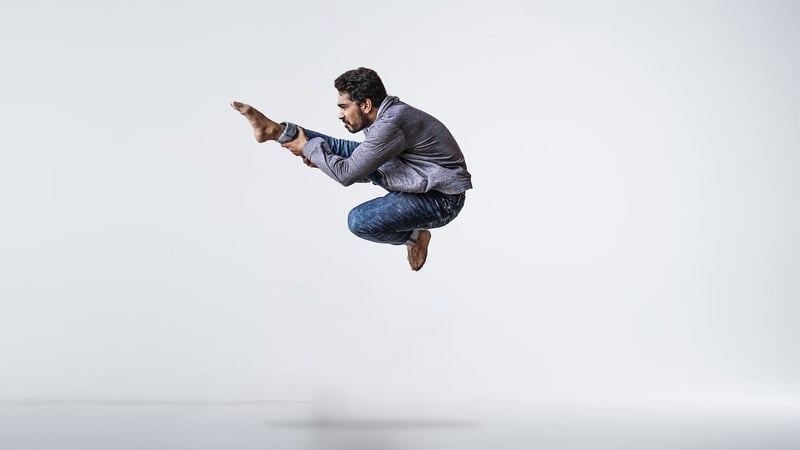Salsa
The Art of Expressive Movement in Salsa Dancing
Salsa dancing is not just about the steps; it's about expressing the music through movement. The art of expressive movement in salsa allows dancers to convey emotions, tell stories, and connect with their partners on a deeper level.
Understanding Expressive Movement
Expressive movement in salsa involves using body language, facial expressions, and styling to interpret the music. It's about adding flair, personality, and creativity to your dance while staying true to the rhythm and timing of the music.
Key Elements of Expressive Movement
- Rhythm: Syncopating your movements with the music to create dynamic and exciting sequences.
- Body Isolation: Moving different parts of your body independently to add texture and depth to your dancing.
- Emotional Connection: Infusing your movements with feeling and passion to engage your partner and the audience.
- Styling: Adding your unique touch through footwork, arm styling, and body rolls to enhance your overall performance.
Tips for Enhancing Expressive Movement
- Listen to the Music: Pay attention to the instruments, lyrics, and rhythm changes to interpret the music accurately.
- Practice Body Movement: Work on body isolations, fluidity, and control to execute movements with precision and grace.
- Connect with Your Partner: Maintain eye contact, communicate through your movements, and create a dialogue on the dance floor.
- Attend Workshops: Participate in workshops and classes to learn new styling techniques and expand your expressive movement vocabulary.
Express Yourself on the Dance Floor
Whether you're a beginner or an experienced dancer, mastering the art of expressive movement in salsa can take your dancing to the next level. So next time you hit the dance floor, remember to let the music guide your movements and express yourself with passion and style!

Image Source: Pixabay
